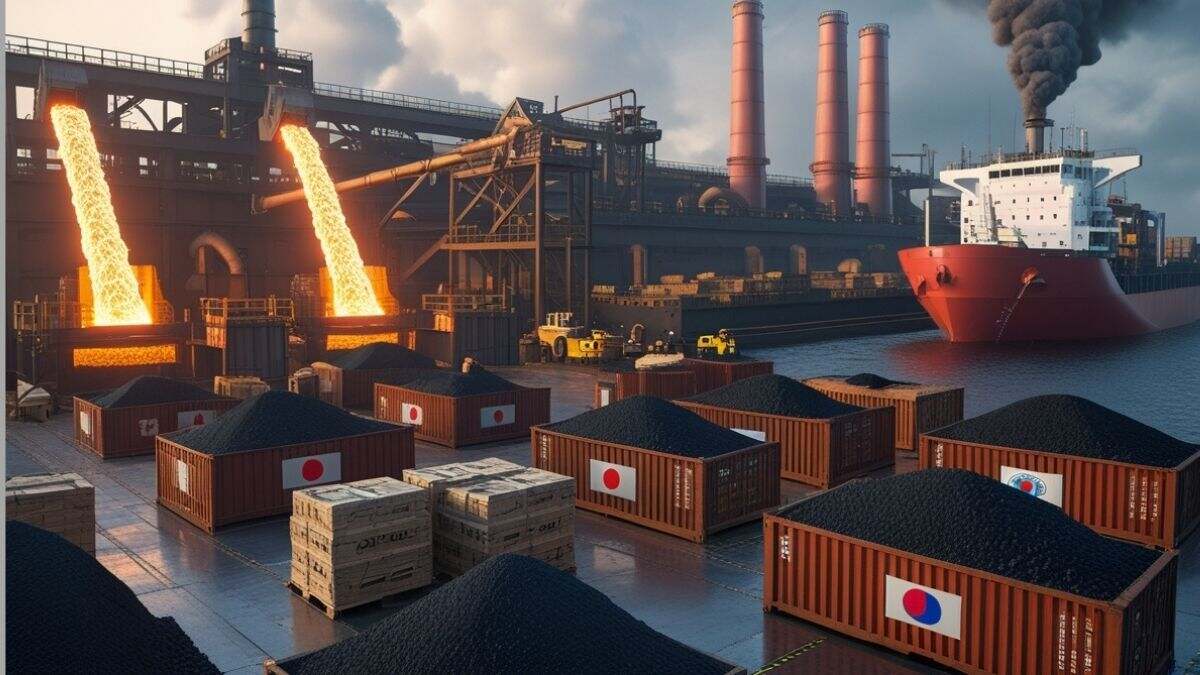The National Bureau of Statistics said on Tuesday that the official manufacturing purchasing managers’ index was 49.8, up from 49.4 in August.
China’s economy is at danger of slowing down after a growth boom to start the year, and manufacturing activity increased somewhat but continued to decrease for a sixth month, the longest dip since 2019.
The National Bureau of Statistics said on Tuesday that the official manufacturing purchasing managers’ index was 49.8, up from 49.4 in August. Bloomberg polled economists, and the median estimate was 49.6.
According to the statistics office, the non-manufacturing indicator of construction and services activity dropped more than expected to 50 from 50.3 previous month. A value that is less than 50 indicates contraction.
It is the first indication that the economy’s downturn continued into the third quarter after its two weakest months of the year, July and August. Reduced domestic demand hurts the prospects for Chinese industries, while exporters face risks owing to uncertainties around US tariffs.
Huo Lihui, head statistician at the NBS, said that both the output and new order indices increased from the previous month, indicating better market demand. However, travel-related company activity indicators, including catering, culture, sports, and entertainment, shrank in September as a result of the summer vacation period coming to an end.
After businesses hurried to send goods in order to avoid US President Donald Trump’s tariffs, the export boom is already slowing down. China’s economy grew 5.3% in the first half of 2025, but many experts and investors predict a decline in the latter few months of that year.
Michelle Lam, a Greater China economist at Societe Generale SA, said, “All things considered, the PMI data implies we may see some marginal recovery in September following the deterioration during the summer.” “However, as the impact of tariffs becomes more apparent and the influence of consumer subsidies lessens, the economic outlook will continue to be difficult.”
Separate studies issued on Tuesday showed further positive findings from private surveys. For the first time since March 2025, new export orders are growing again, and the RatingDog China General Manufacturing PMI surprisingly increased to 51.2 in September from 50.5 the month before.
Additionally, the RatingDog services PMI increased from 53 in August to 52.9 last month.
Because exports remained robust over the last year, the findings of the private survey have often been better than those of the official poll. While the private poll focuses on small and export-oriented businesses, the two polls span a range of sample sizes, localities, and company kinds.
According to Yao Yu, creator of RatingDog, “even if new export orders increased just slightly, it was nevertheless a pretty encouraging signal, relieving some market fears about the recent slowdown in exports.”
Whether the government would intervene and provide stimulus to boost growth is a crucial concern at the moment, particularly as the governing Communist Party gets ready to hold a secret summit in October to discuss economic goals for the next five years.
In a long-awaited measure to bolster development, China said on Monday that it is providing 500 billion yuan ($70 billion) in funds to encourage investment under the so-called “new finance policy instrument.”
The real estate industry, which is currently struggling from a crisis that began in 2021, is another economic barrier. Even as China’s two largest cities implemented further stimulus measures, the country’s house sales continued to decline in August.
“There are no signs of a revival in the property market,” said Raymond Yeung, Australia & New Zealand Banking Group Ltd.‘s chief economist for Greater China. “The circumstances of 2019 and 2020 are not the same as this. The expectations of the market have evolved. Furthermore, the decline is structural rather than cyclical.
After a phone conversation between their two presidents, US-China ties seem to have steadied, but a 90-day tariff ceasefire between the two countries is about to end in early November. Trump announced that he would meet with Chinese President Xi Jinping in South Korea as part of the Asia-Pacific Economic Cooperation conference.
The government’s initiative to reduce overcapacity and excessive corporate competitiveness is also straining the economy. Early in July, the effort intensified, which would have led to a decline in steel and other product production.
Last month, manufacturers faced increased cost constraints, according to the RatingDog study, which also revealed that businesses decided to cut their selling prices under “strong competition.”

